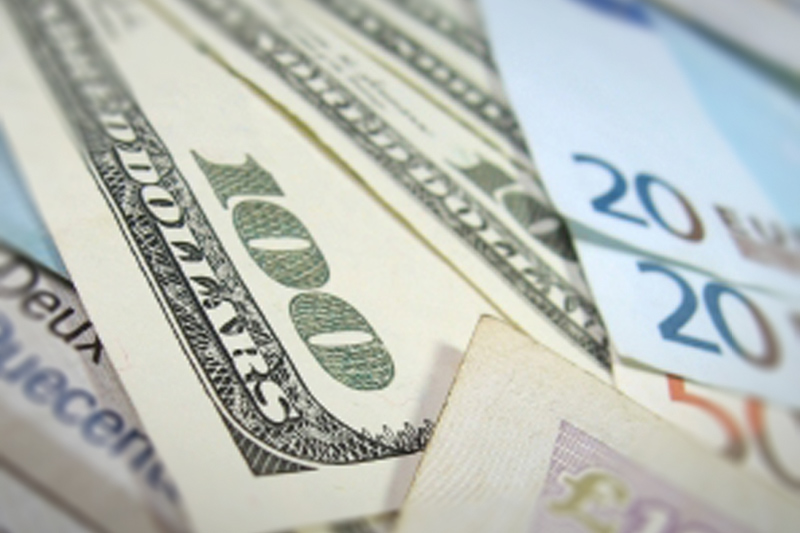FINAL HOURS: Lock in your InvestingPro subscription for 50% off before sale ends
Investing.com -- UBS has shifted its quarter-end forecasts for EUR/NOK, projecting a continued downtrend to 11.30, 11.20, and 11.10 through the second quarter of 2026, with an additional target of 11.0 by September 2026.
After experiencing notable volatility following an unexpected rate cut by Norges Bank in June, the Norwegian krone has stabilized at levels last seen at the beginning of the year.
UBS analysts Clémence Dumoncel and Constantin Bolz believe the initial shock from the rate cut is fading, setting the stage for the currency pair’s downtrend to resume in the second half of 2025 and continue into 2026.
Recent economic data has provided support for the krone, with GDP beating expectations and the Regional Network Survey indicating robust growth and activity close to historical averages.
This reinforces the view that Norway’s economic fundamentals remain solid compared to other G10 economies that face growth risks due to tariffs.
At its latest meeting, Norges Bank maintained its emphasis on "cautious normalization" without signaling a September rate cut.
UBS sees potential for dovish market expectations to shift toward the hawkish end of the spectrum, supporting the NOK.
Recent tariff agreements have also helped reduce trade uncertainty.
Looking ahead to 2026, UBS anticipates that domestic factors and a broader European recovery will underpin further NOK strength against the euro.
In the near term, the bank expects EUR/NOK to move below the 11.50 mark as confidence in Norway’s economic outlook improves and external risks recede.
UBS identifies 12.00 as a strong resistance level that has held well during risk-off episodes. Support levels are seen at 11.50 and 11.30, with the 11.10-11.20 range marking the lower bound of the pair’s trading range over the past two years.
The bank cautions that renewed trade threats or disruptive announcements could push EUR/NOK back to 12.0, as the currency pair is particularly sensitive to risk and volatility.
This article was generated with the support of AI and reviewed by an editor. For more information see our T&C.
